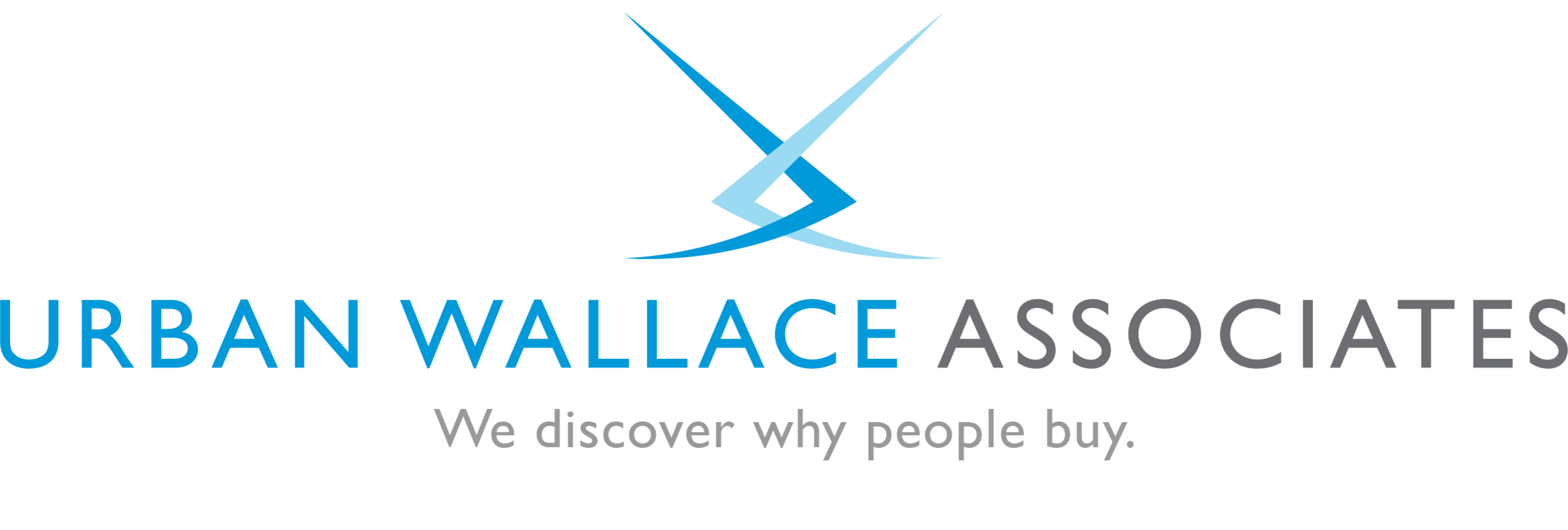Using Research to Identify Purchase Logic
How Is Purchase Logic Identified?
Customers and prospects will not tell you what their Purchase Logic is. In some measure this is because they do not know themselves. However, they also cannot be expected to take the time required to try. They are busy with their own businesses and lack the incentive to worry at length about how you could serve them better than your competitors do. The lion's share of the work therefore rests on your shoulders.
Identifying Purchase Logic requires thinking and then research. And the research must be carefully constructed, executed and managed. Most market research surveys are not designed to reveal Purchase Logic. Herein we will give you some guidelines about how to get the answers you need.
Qualitative Research
Qualitative research is most important to Purchase Logic because it allows you to learn why an individual does something. The benefits, barriers and process components of Purchase Logic are the whys behind the purchase decision. To define the Purchase Logic(s) in your marketplace, you need to understand in detail why individual prospects and customers behave as they do. You need to answer the question, "Why would any individual be interested in what I have to offer?" Answering this "why" question is the goal of qualitative research.
When conducting qualitative research, first, work with a small sample of people/companies who collectively represent the population(s) of interest to you. In choosing specific individuals, be sure to include some people who have rejected your company or category of product/service, as well as people who like you. It is very important to understand why you have failed in order to learn how to do better. Also look for people who have strong opinions and who really care about the types of products/services you are investigating. Specifically, pursue heavy users. An individual who uses a large amount of a particular item is more likely to hold strong opinions about that item's importance. In addition, include some pacesetters. They can give you a preview of how the market will think and behave in the future.
“Look for areas of consensus supported by strong emotional reactions. You have begun to learn something when a respondent gets excited by a particular idea or becomes very agitated when explaining a problem.”
Most important, focus on the "whys" behind the "whats" and "hows" in your interviewing. And, do not constrain the respondent. Open-ended questions, as well as in-depth and active listening are critical for finding out what is really on the respondent's mind and for sorting between polite and honest answers. Blind interviewing, in which your company is not identified, will often yield more reliable results.
In analyzing qualitative research, do not look for numbers and percentages. These measures are misleading. Instead, look for areas of consensus supported by strong emotional reactions. You have begun to learn something when a respondent gets excited by a particular idea or becomes very agitated when explaining a problem. By contrast, you have probably found very little if you get a purely logical answer. In an attempt to please you, a respondent may be stating generic benefits, not benefits that he or she values. Finally, you have nothing at all when a respondent tells you how great a new idea might be for someone else.
The crux of your analysis is then sorting out the whys behind the shared responses. Specifically you are looking for common sets of desired benefits, common sets of barriers, and common decision-making processes. These reveal common Purchase Logics. There may be several in your audience or perhaps just one. If you were diligent about probing for the whys behind each response and reaction, each Purchase Logic will emerge as a distinct set of reasons for buying.
Quantitative Research
The primary reason for conducting quantitative research is to investigate how many people use each Purchase Logic you have identified. What you are doing is measuring the size of a group of buyers to see if it warrants your attention. Each group of people who buy for the same reasons constitute a market segment. Large-scale quantitative research will measure the size of each market segment.
Because Purchase Logic is not an easily identifiable set of characteristics, it is helpful to find other more visible characteristics that are shared by prospects with the same Purchase Logic. Once you target a given buying group, you want to be able to find its members easily. Certain demographic characteristics may serve this function well. The secondary objective of quantitative research, therefore, is to identify which, if any, demographic, behavioral or other observable traits correlate with each Purchase Logic.
In contrast to qualitative research, quantitative research requires a large sample that represents each of the groups in which you are interested. The number and sizes of these groups, how much you already know about who is in them, and the level of statistical accuracy you need to interpret your answers will influence the size sample you require. Typically, you will need 75 to 100 respondents in any cell you want to analyze. This means that the total number of respondents will be 500 or more.
